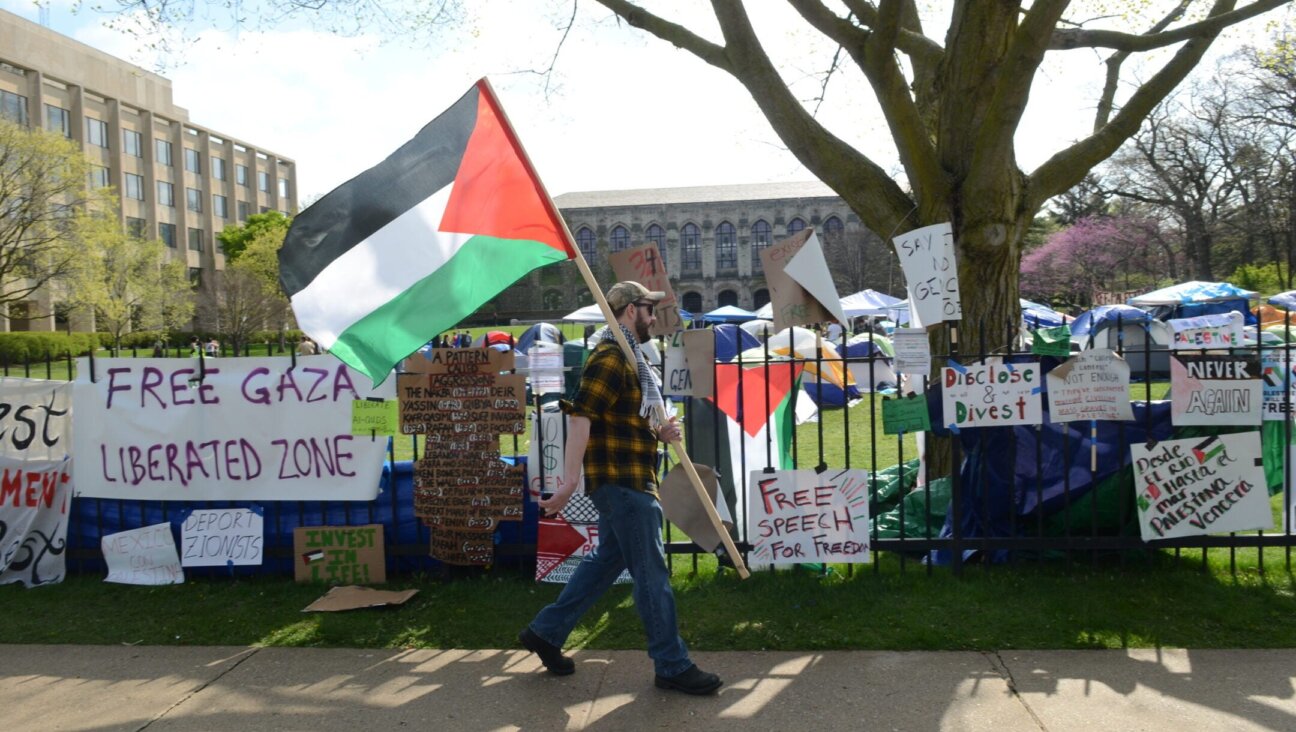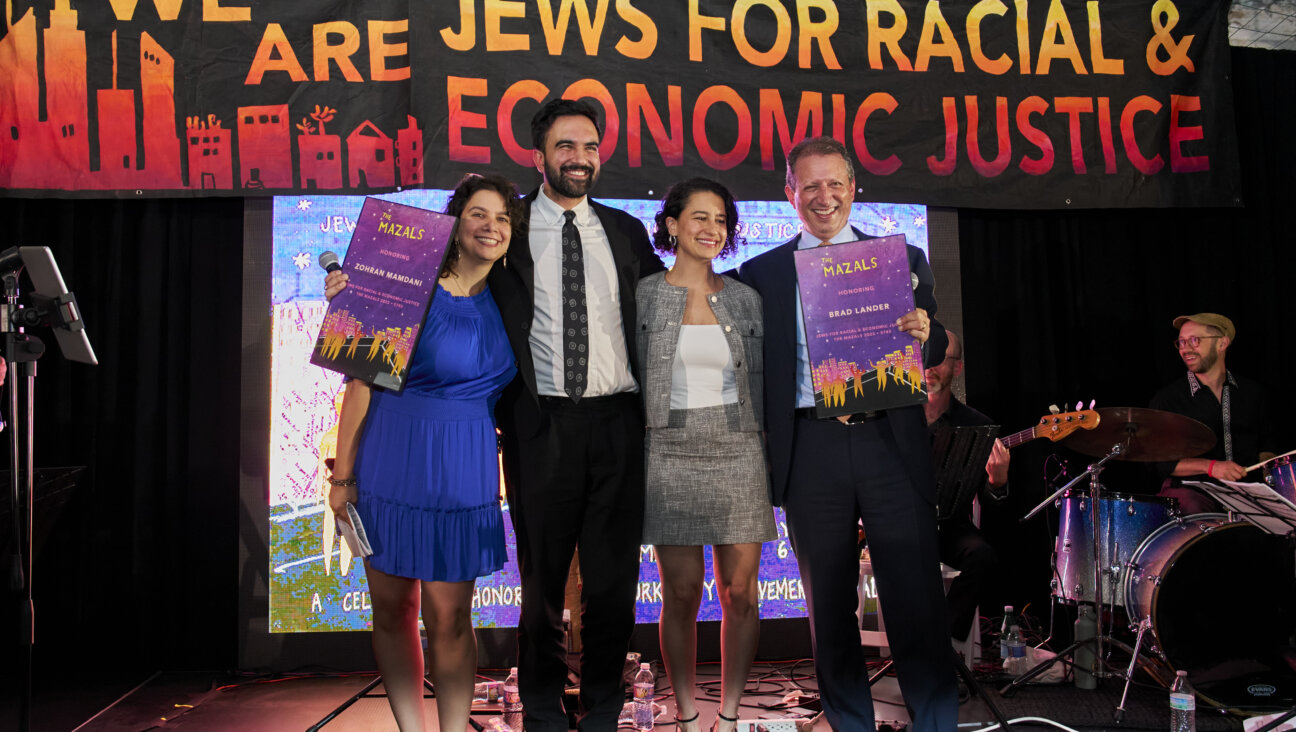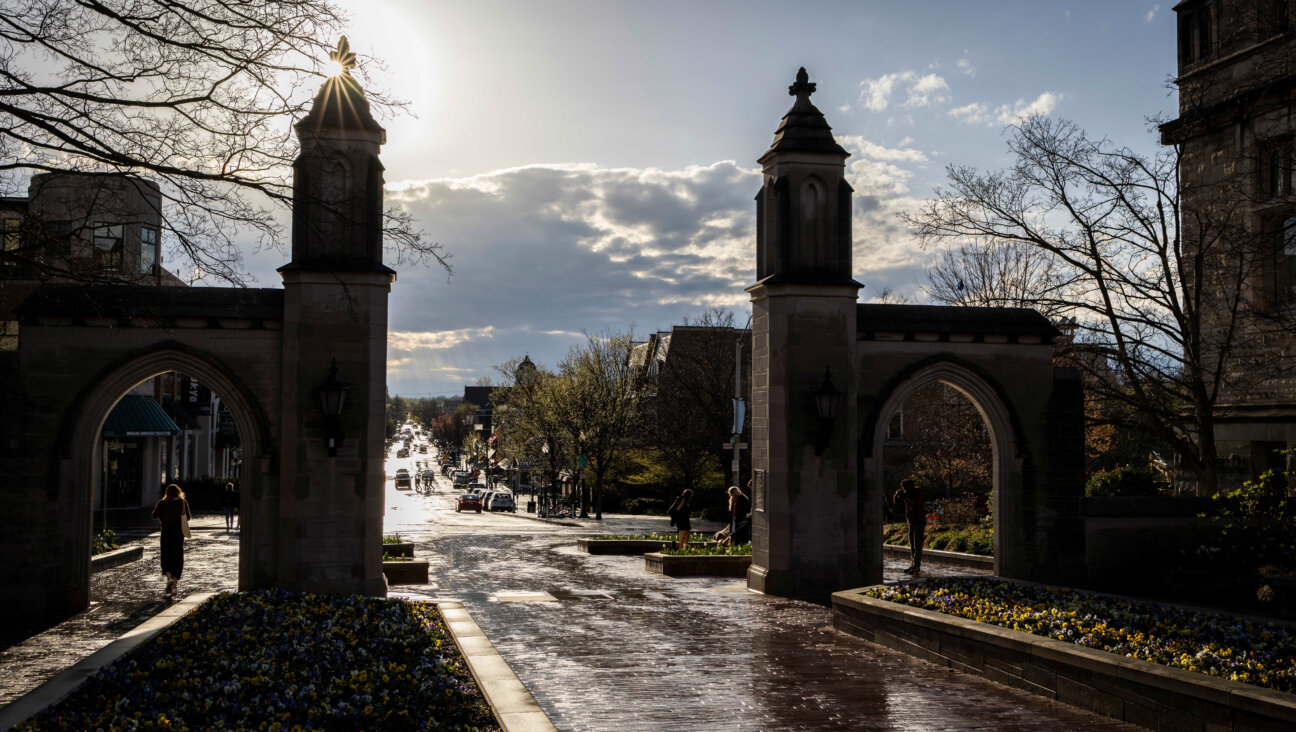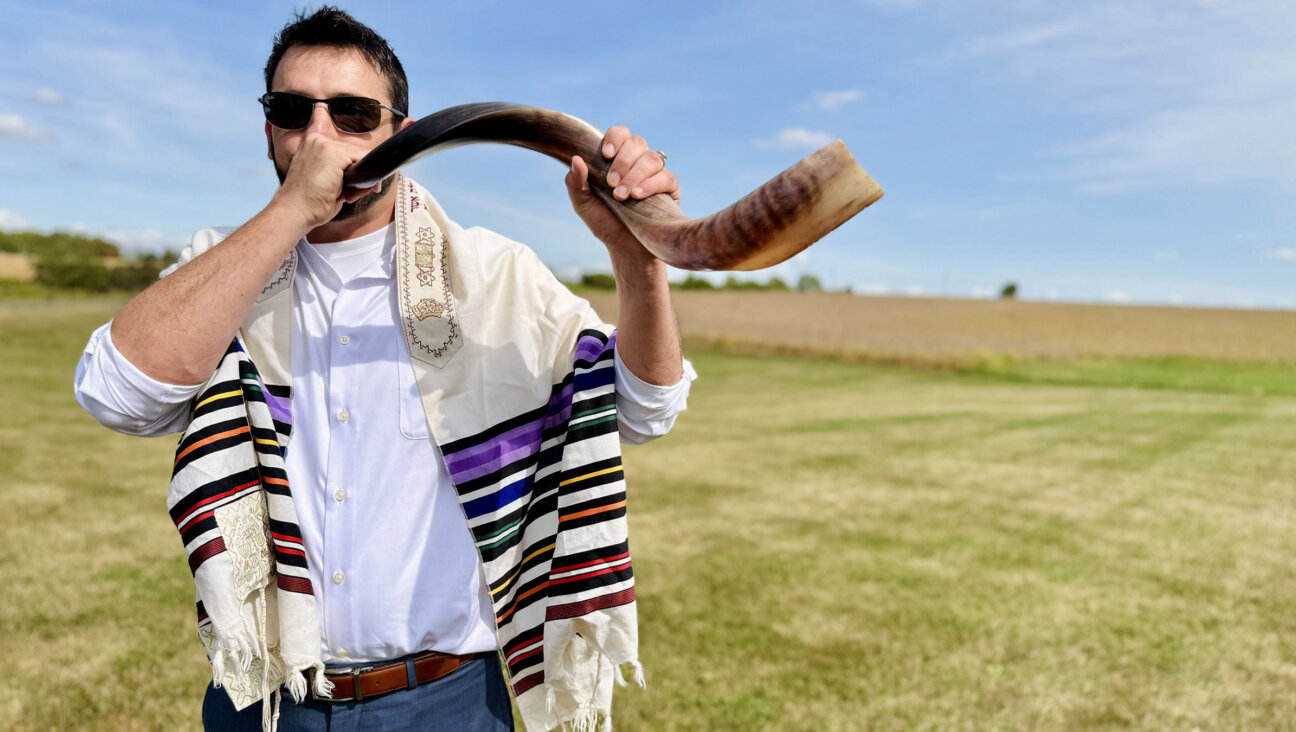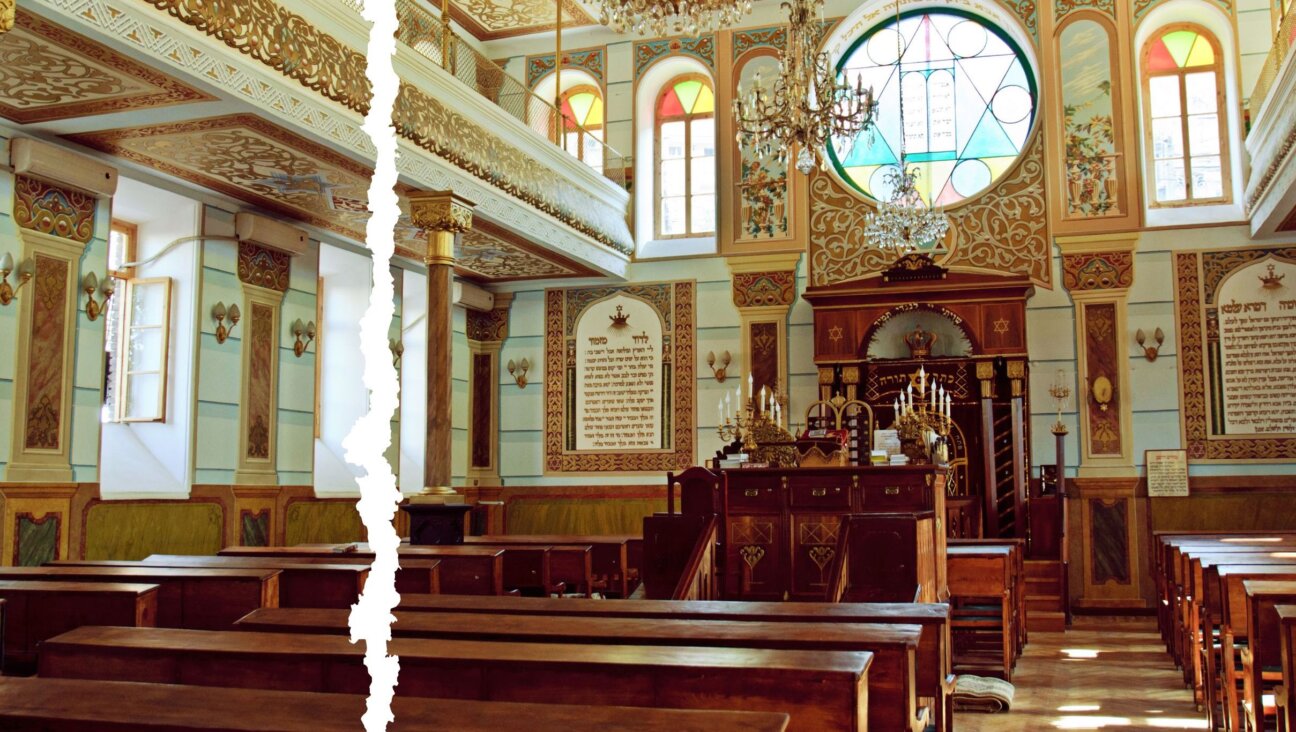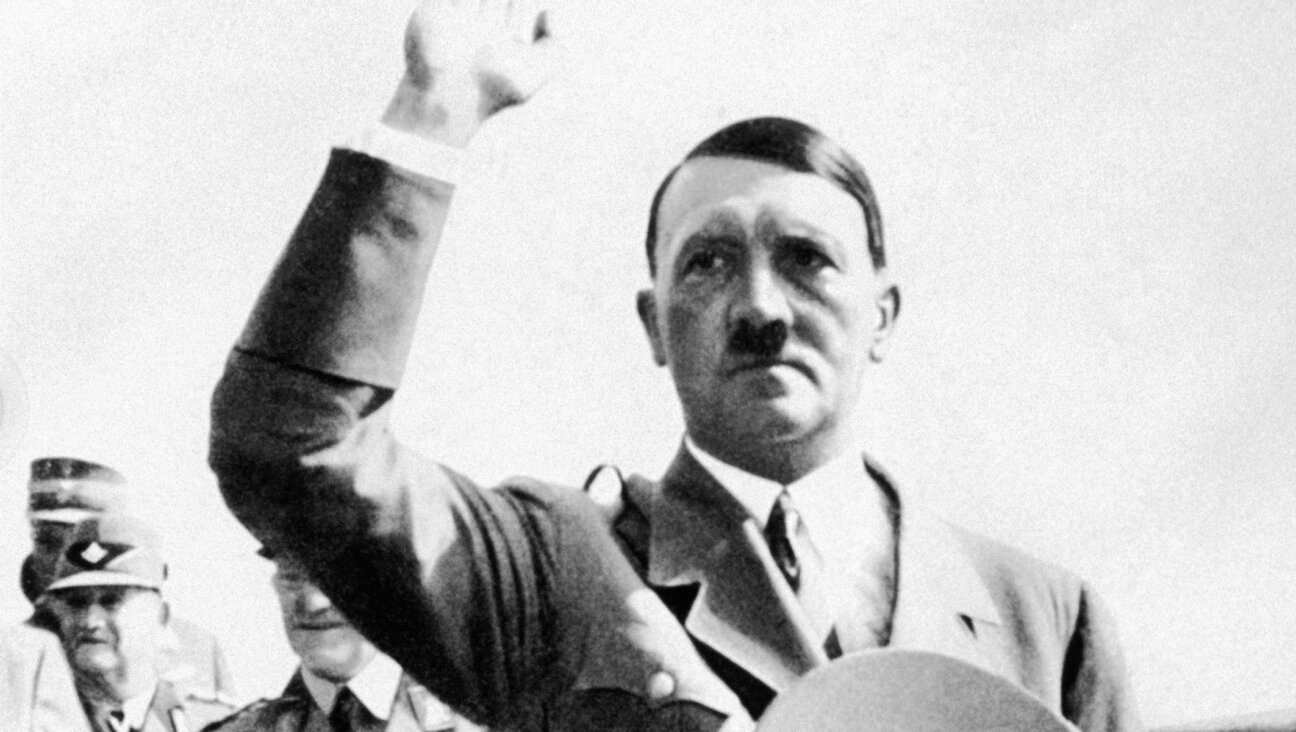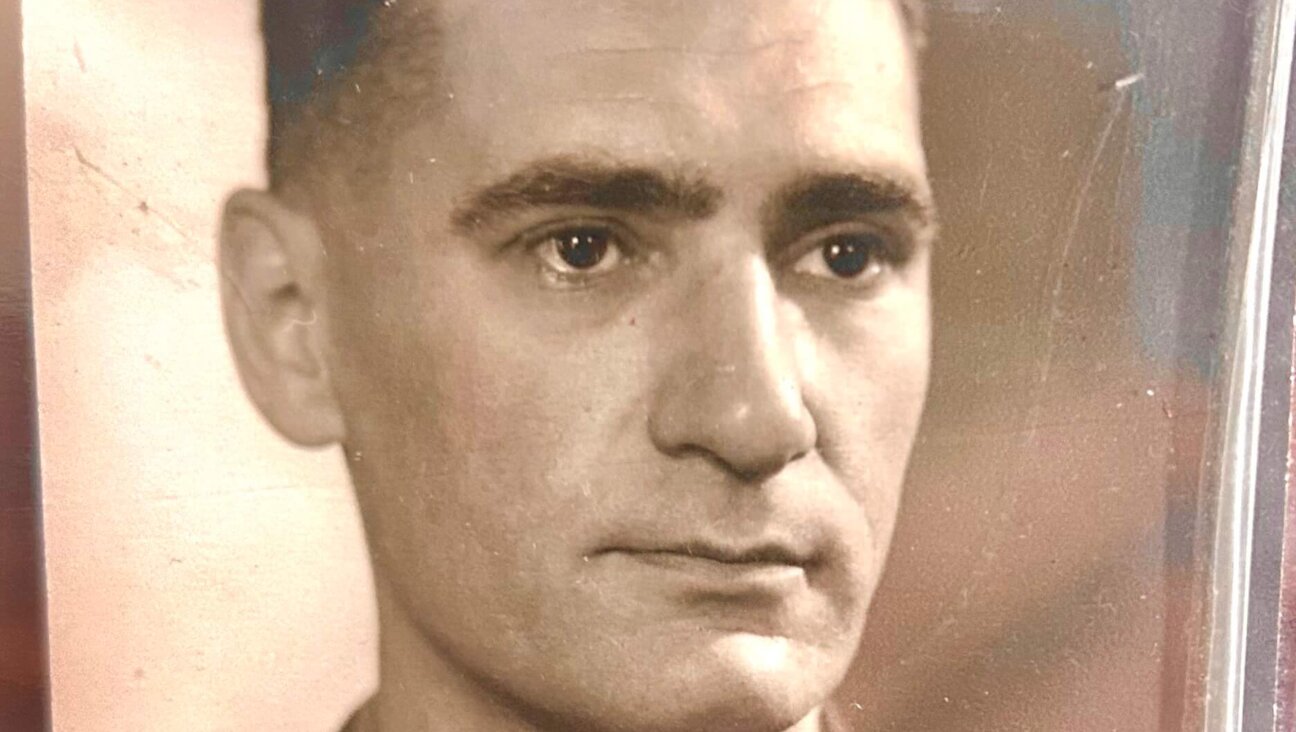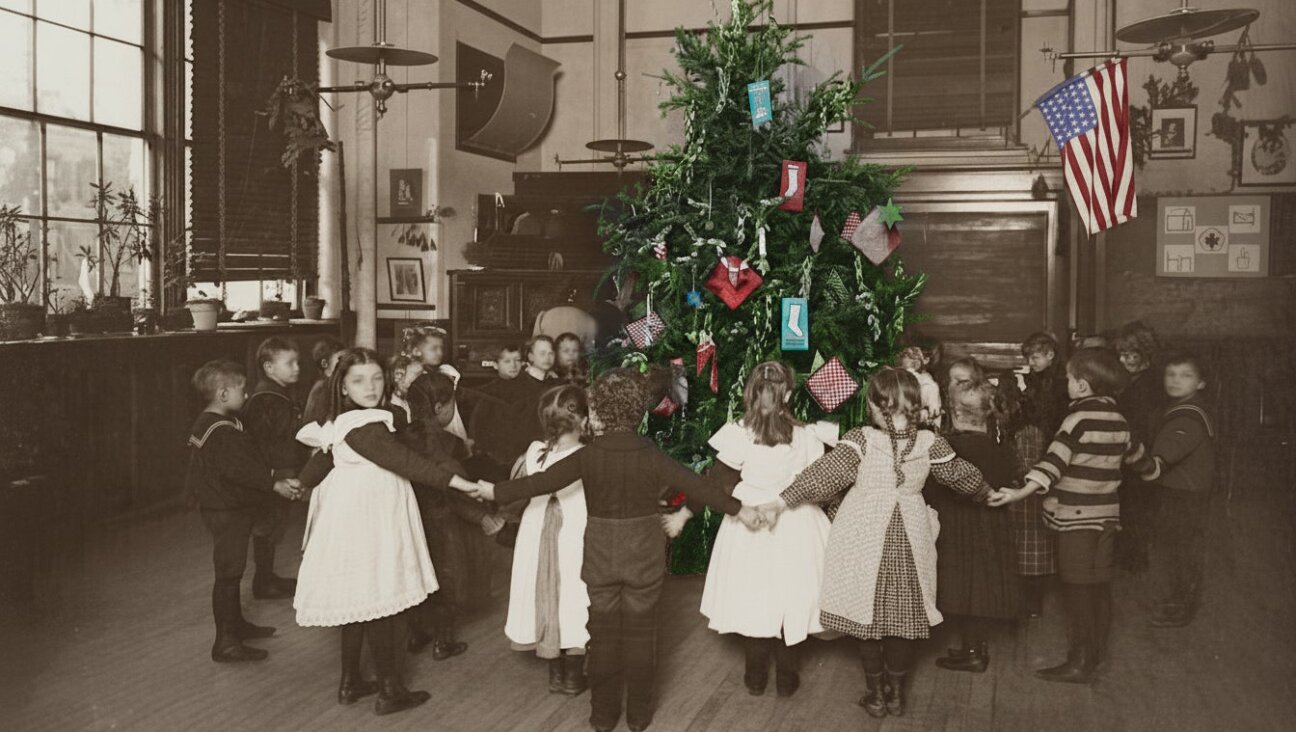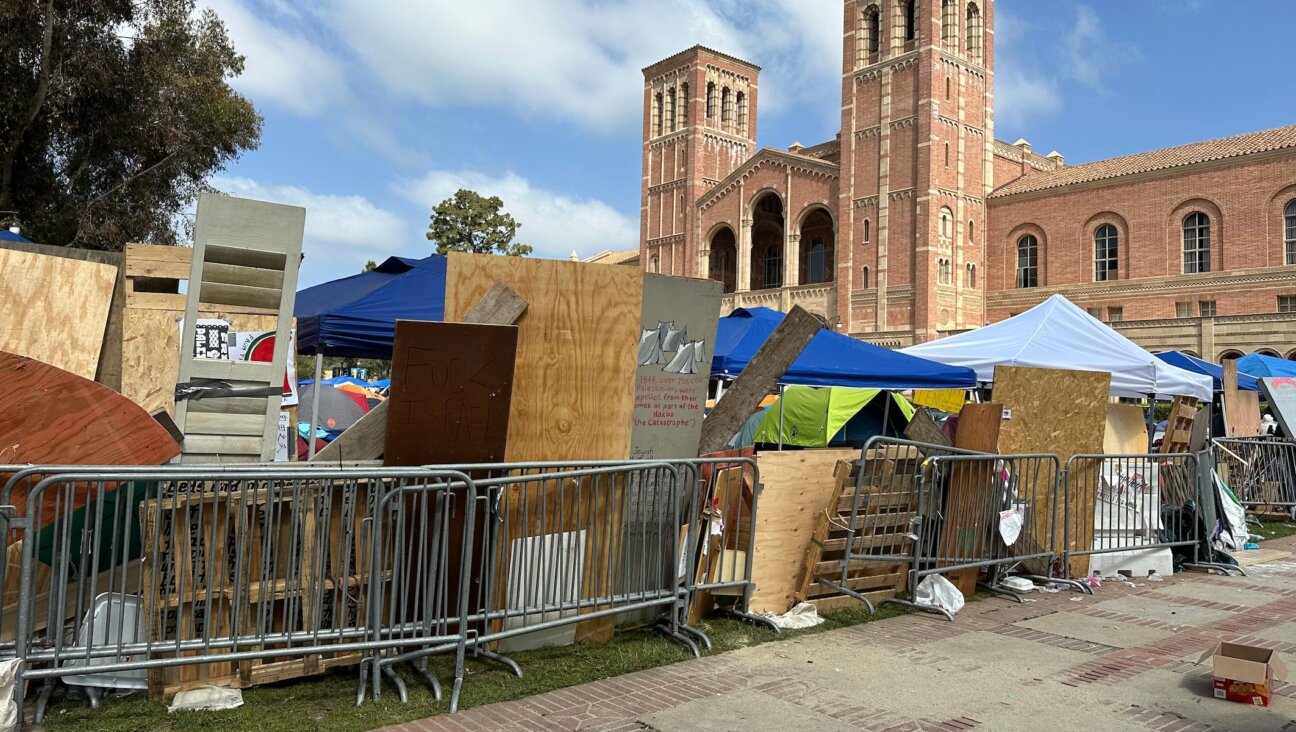Nazi collaborator monuments in Russia
In Yelanskaya, a memorial complex employs a common whitewashing tactic: lumping both problematic and non-problematic figures into a single pantheon of “heroes”
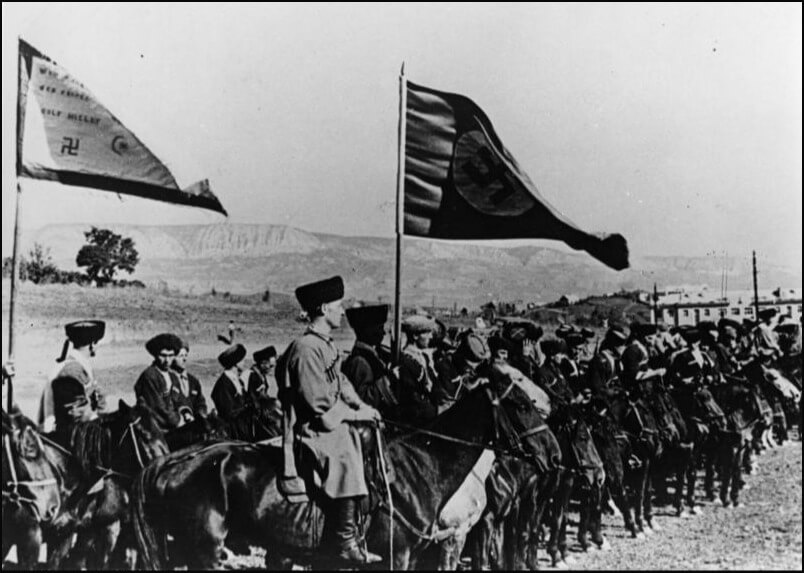
Don Cossacks in the Third Reich armed forces, 1942 (Bundesarchiv, Bild 146-1975-099-15A via Wikimedia Commons). Image by Lev Golinkin
This list is part of an ongoing investigative project the Forward first published in January 2021 documenting hundreds of monuments around the world to people involved in the Holocaust. We are continuing to update each country’s list; if you know of any not included here, or of statues that have been removed or streets renamed, please email [email protected], subject line: Nazi monument project.

Yelanskaya — In the Rostov region of Russia stands a memorial complex to Don Cossacks who fought against Bolsheviks. Looming over the complex is a statue of Pyotr Krasnov (1869–1947), historian, antisemite and Nazi collaborator. Krasnov was a prominent commander of the Don Cossacks who had fought against the Communists during the Russian Civil War. In 1941, when the Third Reich invaded the Soviet Union, Krasnov leveraged his stature of Cossack hero to recruit fighters for what he proclaimed was Hitler’s crusade “against communists, Jews and their minions who trade in Russian blood.” In turn, the Nazis placed Krasnov in charge of Cossack affairs in the Reich Ministry for the Occupied Eastern Territories.
Yelanskaya’s memorial complex employs a common whitewashing tactic: lumping both problematic and non-problematic figures into a single pantheon of “heroes.” Jointly honoring Don Cossacks who fought against Bolsheviks during the Russian Civil War and WWII collaborators like Krasnov allows whitewashers to use genuine (or at least non-problematic) heroes to shield the collaborators. Any denunciation of the collaborators becomes twisted as a denunciation of the entire pantheon. Below, Don Cossacks in the Third Reich armed forces, 1942.
See the Czech Republic, Germany and U.S. sections for more honors of Russian collaborators.



